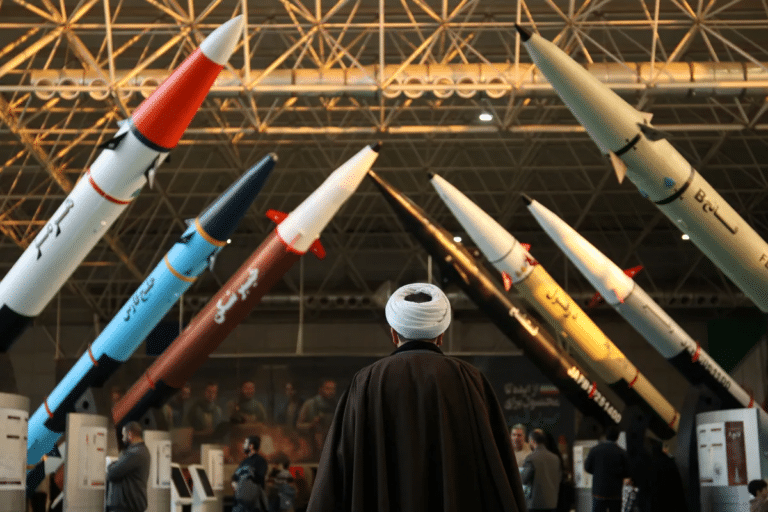This website uses cookies as well as similar tools and technologies to understand visitors’ experiences. By continuing to use this website, you consent to Columbia University’s usage of cookies and similar technologies, in accordance with the Columbia University Website Cookie Notice.
Energy Explained
Insights from the Center on Global Energy Policy
Special Blog Edition: A Q&A on the Potential Energy and Geopolitical Impacts of Iran’s Attacks on Israel

This Energy Explained post represents the research and views of the author. It does not necessarily represent the views of the Center on Global Energy Policy. The piece may be subject to further revision. Contributions to SIPA for the benefit of CGEP are general use gifts, which gives the Center discretion in how it allocates these funds. Rare cases of sponsored projects are clearly indicated.
For a full list of financial supporters of the Center on Global Energy Policy at Columbia University SIPA, please visit our website at Our Partners. See below a list of members that are currently in CGEP’s Visionary Circle. This list is updated periodically.
On 1 October, Iran launched approximately 200 ballistic missiles at Israel. Iran said that it was responding to recent Israeli attacks against Hezbollah and its leadership, as well as the killing of Ismail Haniyeh, the political leader of Hamas, in Tehran in July. The region and indeed the world are now awaiting Israel’s response, which Prime Minister Netanyahu indicated would be significant. The scope of that retaliation is not yet clear. Israel may choose to limit its response to military targets inside or outside of Iran, or it may choose to target economic and political institutions. Likewise, we cannot know how Iran will retaliate to any action by Israel.
In this piece, CGEP experts Richard Nephew, Abhiram Rajendran, and Karen Young consider two scenarios – one of limited escalation involving limited military exchange between Israel and Iran, and one of massive escalation involving significant attacks on military, economic, and political institutions in Iran, Israel, and beyond – to offer some sense of what may be coming in terms of energy prices, global market stability, and the geopolitics of the Middle East.
How might oil markets react to either a limited escalation scenario or a more massive escalation?
Rajendran: Immediately after the attacks, oil prices saw a increase but have remained below levels seen in August and earlier this year over $80 per barrel. Markets appear to be waiting for signs of a disruption that could have a material or prolonged impact on supplies.
Should near-term escalations remain limited or both the Iranian and Israeli sides deem that retaliations have been adequate, oil prices are likely to remain close to current levels—which continue to price in only very modest geopolitical risk. The fundamental backdrop for oil continues to feature uncertainties about demand growth both this year and into next (and in China in particular), and this likely limits the upside.
However, in the case of a larger escalation in which oil facilities in Iran are hit and actual oil supplies are impacted, or if Iran retaliates against other countries’ oil facilities or shipping causing serious damage, prices could top $80 per barrel again. Should supply disruptions last for a while, the OPEC-plus group could bring on supply to mitigate these losses. The group sits on 5-6 million barrels per day of spare capacity (led by Saudi Arabia and the UAE) that could be tapped to bring down prices. This buffer could likely cover for any losses even if there is a lag in getting it to market, assuming production from the group is not interrupted or damaged and transport routes are not impacted. Opec-plus already has plans to gradually add supply back to the market in 2025, which it could adjust if needed.
How are regional states viewing and reacting to these events? What is their next step?
Young: Within the region, there is tremendous anxiety over the widening conflict–and this is indeed already a regional war–and a sense of anger at the United States for its perceived disparity in concern for Arab lives in Gaza and Lebanon compared to the lives of Israelis. For that reason, Saudi Arabia has made a diplomatic push for a commitment to the establishment of a Palestinian state as part of calls for a ceasefire. The Foreign Minister of Jordan has gone so far as to commit to Israel’s security by Arab partners in exchange for movement towards a two-state solution. Those efforts at diplomacy speak to the urgency of the humanitarian crisis and to the expectation that their states are in danger as Israel and Iran are again in direct conflict, this time more forcefully.
In the Gulf Arab states, the Israel-Iran war is an existential threat. There are reports of Iranian proxies already threatening UAE and Saudi oil installations. US military engagement in the war would mean the use of Gulf bases in Qatar, Kuwait, the UAE and possibly support from Saudi Arabia. These states will want to see an iron-clad US security commitment before committing to supporting operations or even entering the war. Basing agreements, such as the one in Qatar, do not require the host country’s permission for US military operations in the regional theatre. But for Qatar, an Israel-Iran war makes its shared gas reserves with Iran more vulnerable and its diplomatic outreach both necessary (such as the Iranian president’s visit to Doha on October 2) and challenging to balance with its US relationship. For Saudi Arabia, a tentative truce with the Houthis can easily erode, and Abu Dhabi is also vulnerable to Houthi attacks, as seen in 2022.
Publicly, the Gulf Arab states will likely commit to dialogue and diplomacy, but if they are attacked by Iran or Iranian proxies, they would probably seek US and Israeli assurances and likely be willing to engage against Iran. This would have add-on consequences within the current OPEC+ alliance, which is on paper a technical and not a political agreement, but would prove more and more challenging to maintain in a rising price environment as the region’s producers are more likely to be at odds with each other. The Iraqi position within OPEC would be especially vulnerable, given its tendency to produce above its quota and its harboring of Shia militia.
Regional gas markets are exposed as well, and production in Israel’s Leviathan field was briefly interrupted this week. Israel’s Tamar and Leviathan gas fields produce roughly 22 billion cubic meters per year combined, the equivalent of 16 million tons per year or 3.9% of global LNG supply. The fields are key suppliers to neighboring Jordan and Egypt. Some politicians in Israel have called for cancelling the maritime security and gas deal with Lebanon, which could increase tensions and threaten the safety of Karish, Israel’s third main gas field, near the offshore border.
What are the implications of the attacks on US sanctions on Iran and prospects of a future deal? The new president of Iran has signaled he wants to pursue a deal. Is that possible now?
Nephew: Getting to a new deal between Iran and the United States and its partners was always going to be very difficult. The Joint Comprehensive Plan of Action (JCPOA) was laboriously negotiated over years and required political commitment from US and Iranian leaders that will be hard to duplicate, especially with everything that has happened since 2015. The Iranians lost confidence that the United States was ever going to fulfill a deal and the inability of the United States to provide durable guarantees for the future of a deal is one of the reasons why the Biden Administration was unable to resume implementation of the JCPOA despite the negotiations that took place between 2021-2022. As for the United States, it would be very difficult for any administration to conclude a deal with Iran that did not curtail Iranian support for terrorist and militia groups throughout the Middle East, especially after the events of 7 October and subsequent confirmation of the sophisticated military hardware being provided to the Houthis and others. These issues were not part of the JCPOA because they are extremely hard to negotiate, and verifying compliance is even more difficult. How could the United States have any confidence that Iran was not supplying military hardware and other assistance to Hezbollah, Hamas, Ansar Allah or other groups? Iran also refused to negotiate on these points and doubtless would continue to do so, especially given Hezbollah’s weak position and need for help from its oldest ally.
Consequently, a deal is unlikely in anything approaching the near term. Instead, sanctions will likely remain in place and their enforcement will be strengthened in coming weeks and months, though their practical effects will take time to manifest.
How will this conflict impact maritime security, shipping, and what are the risks of moving cargo in and around the Middle East?
Nephew: As we have seen for the last several years, Iran and its partners believe that threatening cargo is part of their strategic arsenal. Even in a limited escalation scenario, there would probably be more attacks on shipping, including energy transportation, followed by steps by the United States and its partners to defend seaborne trade. In a massive escalation scenario, the risks will be even greater, with the likelihood that Iran will deliberately target the cargoes and shipping of US partners in order to put pressure on the United States and its allies.
Will Iran withdraw from the Treaty on the Non-Proliferation of Nuclear Weapons (NPT) and develop nuclear weapons?
Nephew: Perhaps yes, if Israel attacks Iran’s nuclear sites, but otherwise, probably not. The Iranians have maintained for years that they have no nuclear weapons ambitions but the capability to develop them if necessary. They have maintained that the Supreme Leader issued a fatwa, a religious decree, that forbids possession of such weapons. But, in the face of a direct, attributable attack on its nuclear sites, Iran will likely believe that it has justification to withdraw from the NPT and declare its intention to develop nuclear weapons. Iran has accused the International Atomic Energy Agency (IAEA) of spying on its nuclear program through the misuse of its IAEA Safeguards Agreement, which is part of the NPT structure. Iran may argue that Israel and the United States could not have attacked Iran without the knowledge provided by the IAEA via the NPT. Moreover, Iran has argued for many years that the NPT’s structures are unfair for non-nuclear weapon states and flirted with exiting the treaty. However, Iran also knows that to do so would be a significant casus belli that could tip global opinion against it. Attacks on its nuclear facilities by Israel first and before any overt nuclear weapons acquisition by Iran could change that calculation.
Importantly, as the United States has maintained publicly for years, Iran could reconstitute its nuclear program relatively quickly, even if attacked. Iran could choose to remain silent on its nuclear intentions while it does so.
Will there be an impact on the U.S. election?
Young: Certainly, there could be an impact on the elections, though it is difficult to forecast which party would benefit from this situation. Either Harris or Trump will face the dilemma of confronting Iran after taking office. By January, the region could look very different, and the new administration may start with a direct war between Israel and Iran underway.
Oil prices have the potential to become a larger factor in the election as well, with the market looking at Israel’s war widening into Lebanon and potential active military engagements by or against the United States in Iraq, Syria, and Yemen. The oil market’s risk assessment and subsequent price sensitivity are sure to increase, potentially ending a relatively sanguine period since October 7, 2023.
Some parties, including Israel, US, Gulf partners UAE and KSA (though not Qatar) might view the period before election day as an opportune moment to pursue an attack on Iran. The thinking behind this scenario could be that the Biden administration would own such a war and that a Harris administration could then focus on ending the war and a diplomatic solution, including the creation of a Palestinian state, after January. A tough Iran stance by the Biden administration would not necessarily damage the standing of Harris with Republicans or swing voters. Voters who are already angry at the current administration’s Middle East policy may choose to sit out the election, but they are not necessarily going to vote for Trump.
CGEP’s Visionary Circle
Corporate Partnerships
Occidental Petroleum Corporation
Tellurian Inc
Foundations and Individual Donors
Anonymous
Anonymous
the bedari collective
Jay Bernstein
Breakthrough Energy LLC
Children’s Investment Fund Foundation (CIFF)
Arjun Murti
Ray Rothrock
Kimberly and Scott Sheffield
More on Energy Explained Energy Explained
The Impact of the New US Oil Tariffs on Venezuela
This Energy Explained post represents the research and views of the author. It does not necessarily represent the views of the Center on Global Energy Policy. The piece...
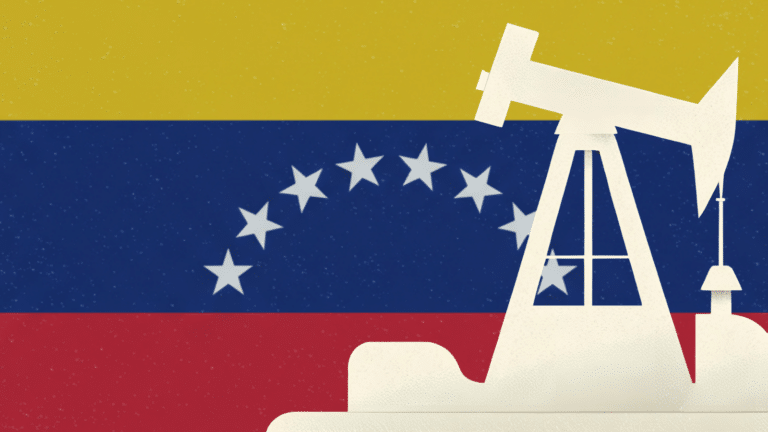
Energy Issues Likely to Top the Modi-Trump Meeting Agenda
This Energy Explained post represents the research and views of the author. It does not necessarily represent the views of the Center on Global Energy Policy. The piece...

Q&A: Repercussions of Saudi Oil Decisions Amid Competing Trump and OPEC+ Priorities
This Energy Explained post represents the research and views of the author. It does not necessarily represent the views of the Center on Global Energy Policy. The piece...
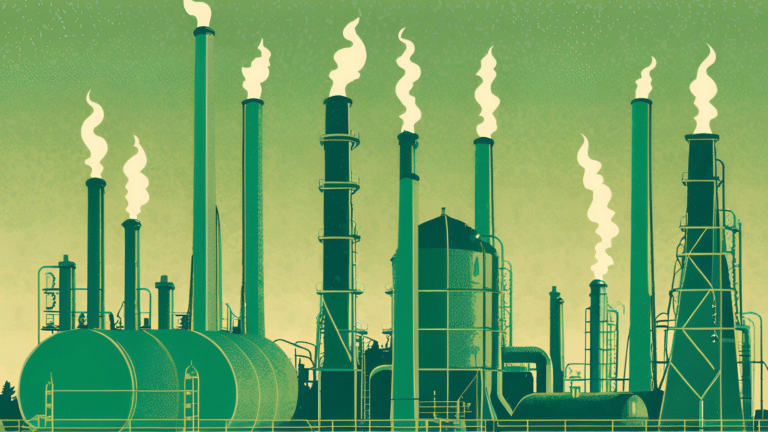
Saudi Arabia’s Renewable Energy Initiatives and Their Geopolitical Implications
This Energy Explained post represents the research and views of the author. It does not necessarily represent the views of the Center on Global Energy Policy. The piece...
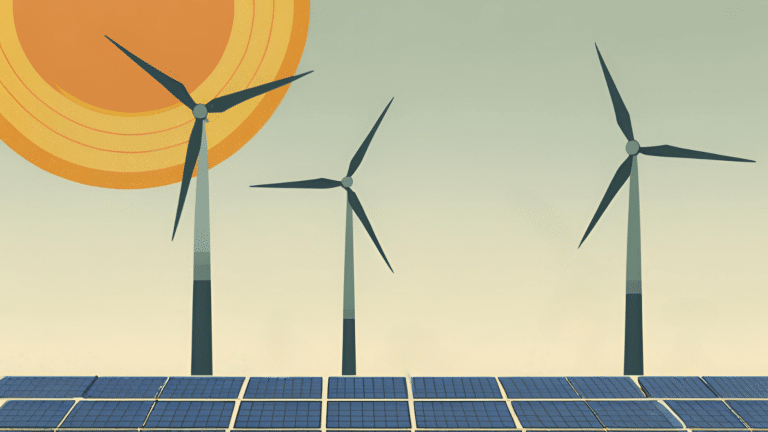
Relevant
Publications
A More Corrupt World Will Be Bad for America
Trump’s abandonment of antibribery efforts will hurt—not help—U.S. companies.
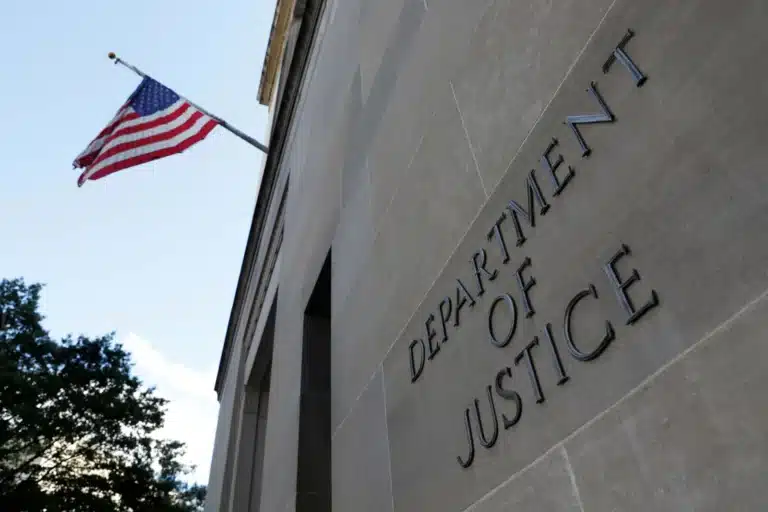
The U.S. Should Not Politicize LNG Exports
Can U.S. gas exports throw a lifeline to Europe without raising prices at home?
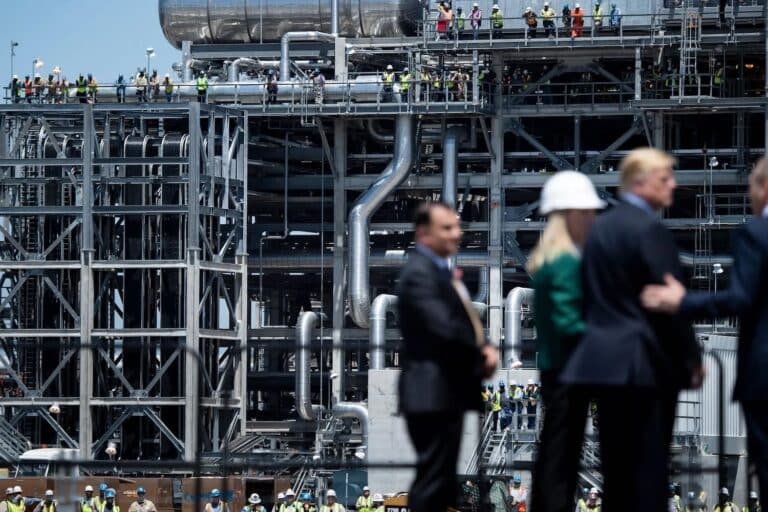
A Last Chance for Iran
America should give diplomacy a final shot—while preparing to use military force.
